Zirconia ceramic structural components, with their exceptional mechanical properties and environmental resistance, have become critical materials in advanced manufacturing, driving innovation in 5G communications, renewable energy, and medical technologies.
High Strength and Toughness
High-Temperature Resistance
Chemical Stability
Wear Resistance and Low Friction
Electrical Properties
Medical Devices
Electronics and Semiconductors
Mechanical and Industrial
Energy and Environment
Aerospace
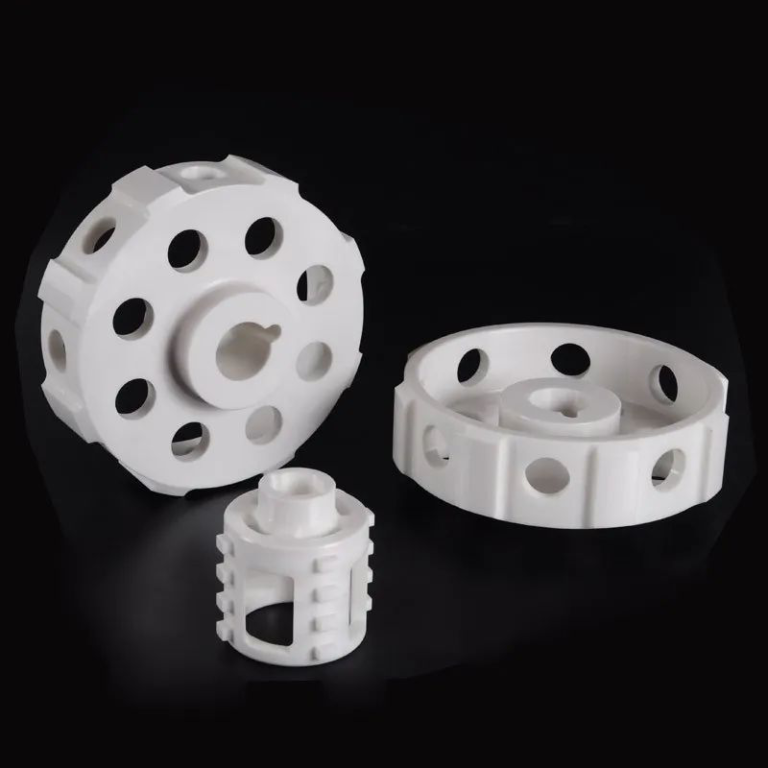
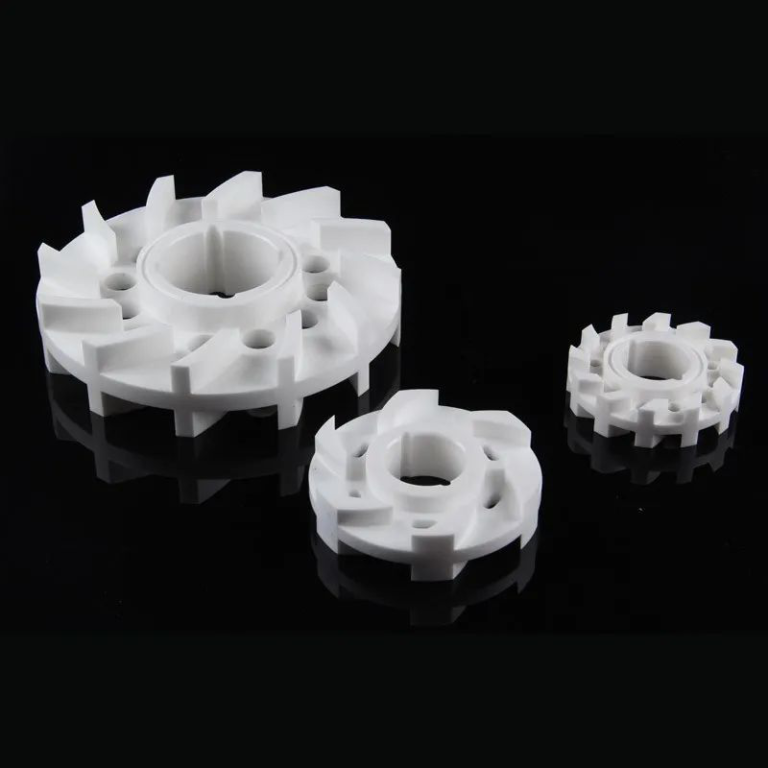
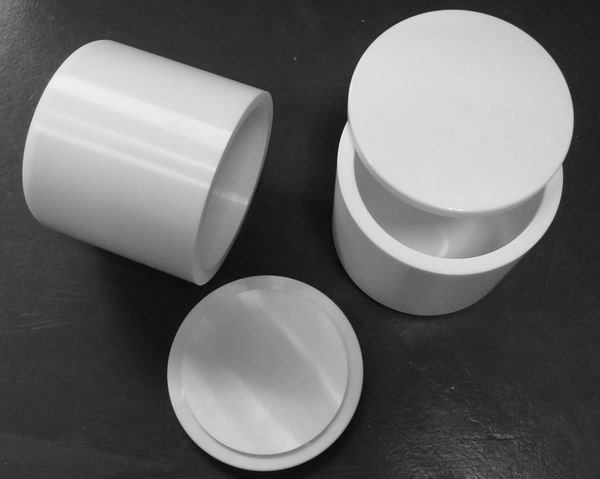
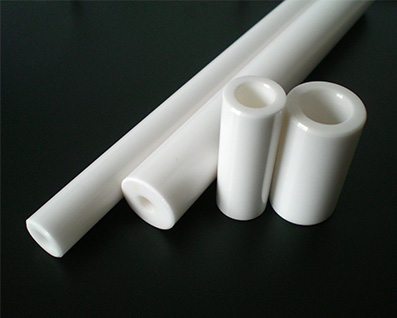
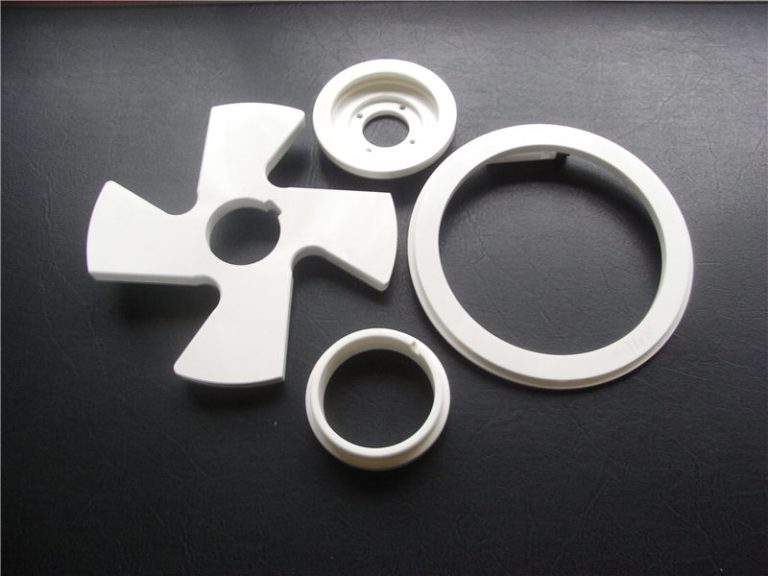
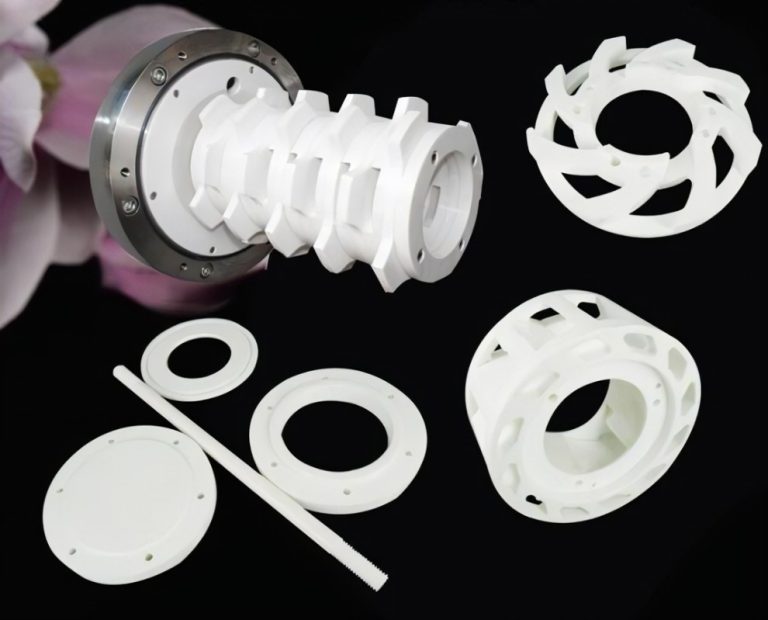
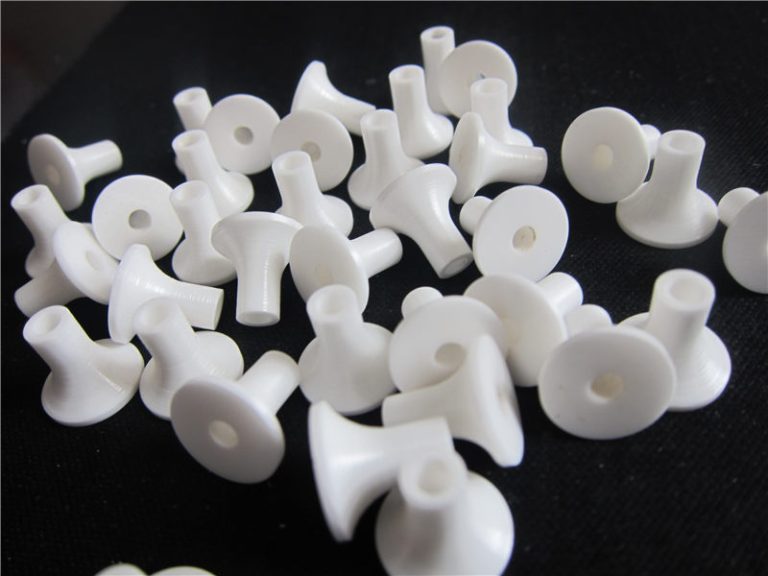
Core Material:
Key Performance Characteristics:
| Parameter | Specification |
|---|---|
| Density | 6.05-6.10 g/cm³ |
| Vickers Hardness | 1200-1300 HV |
| Thermal Conductivity | 2-3 W/(m·K) (low thermal conductivity insulator) |
| Dielectric Constant | 28-32 (1 MHz) |
| Dimensional Tolerance | ±0.005 mm (precision parts) |
Raw Material Preparation:
Forming Techniques:
Sintering Technologies:
Precision Machining:
Get a fast quote, request samples, or speak directly with our technical sales team.
